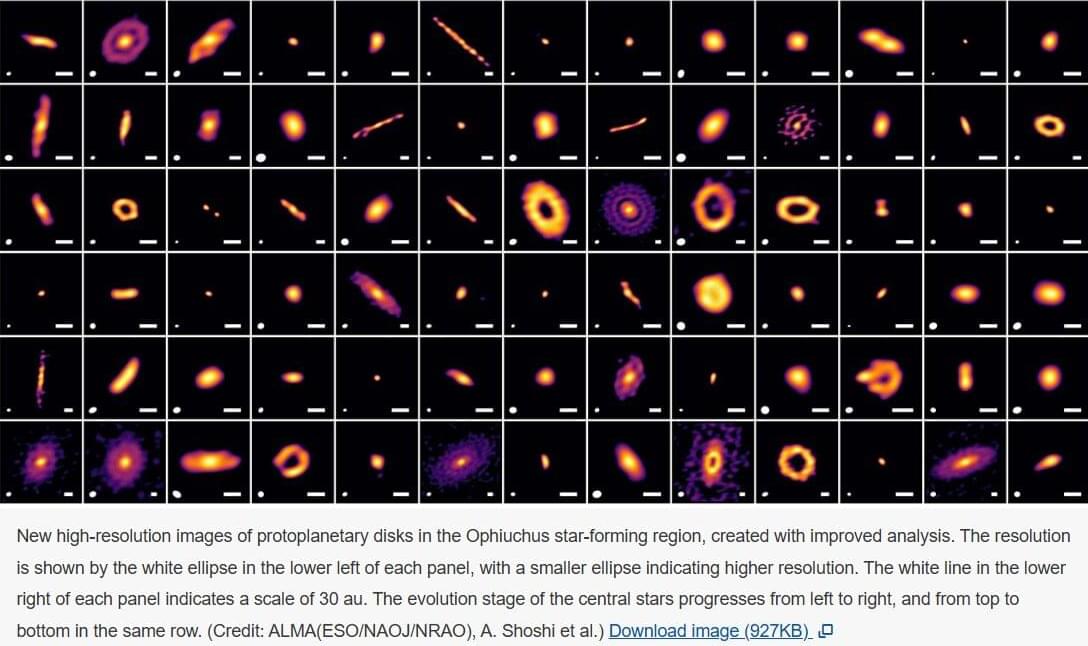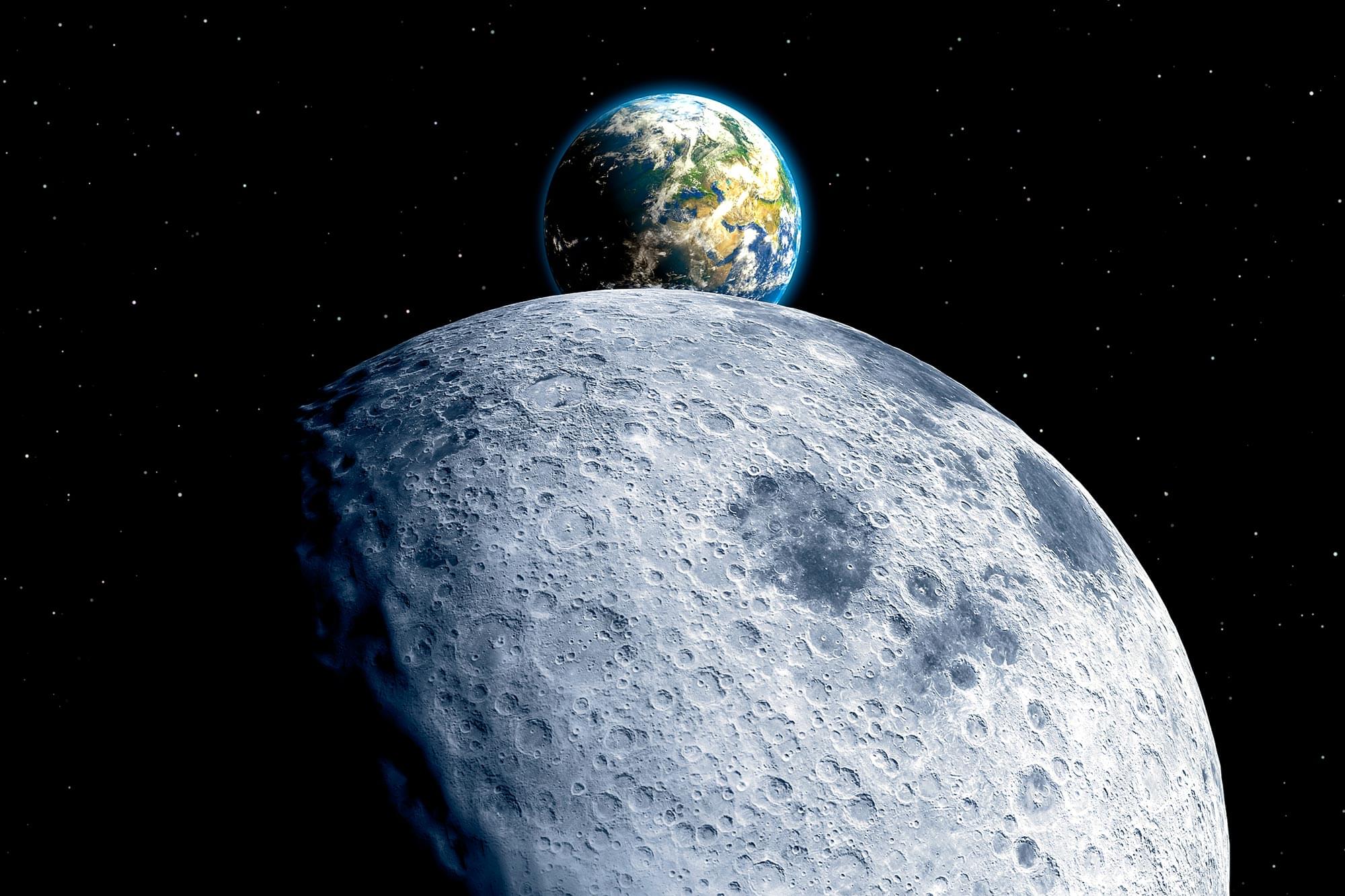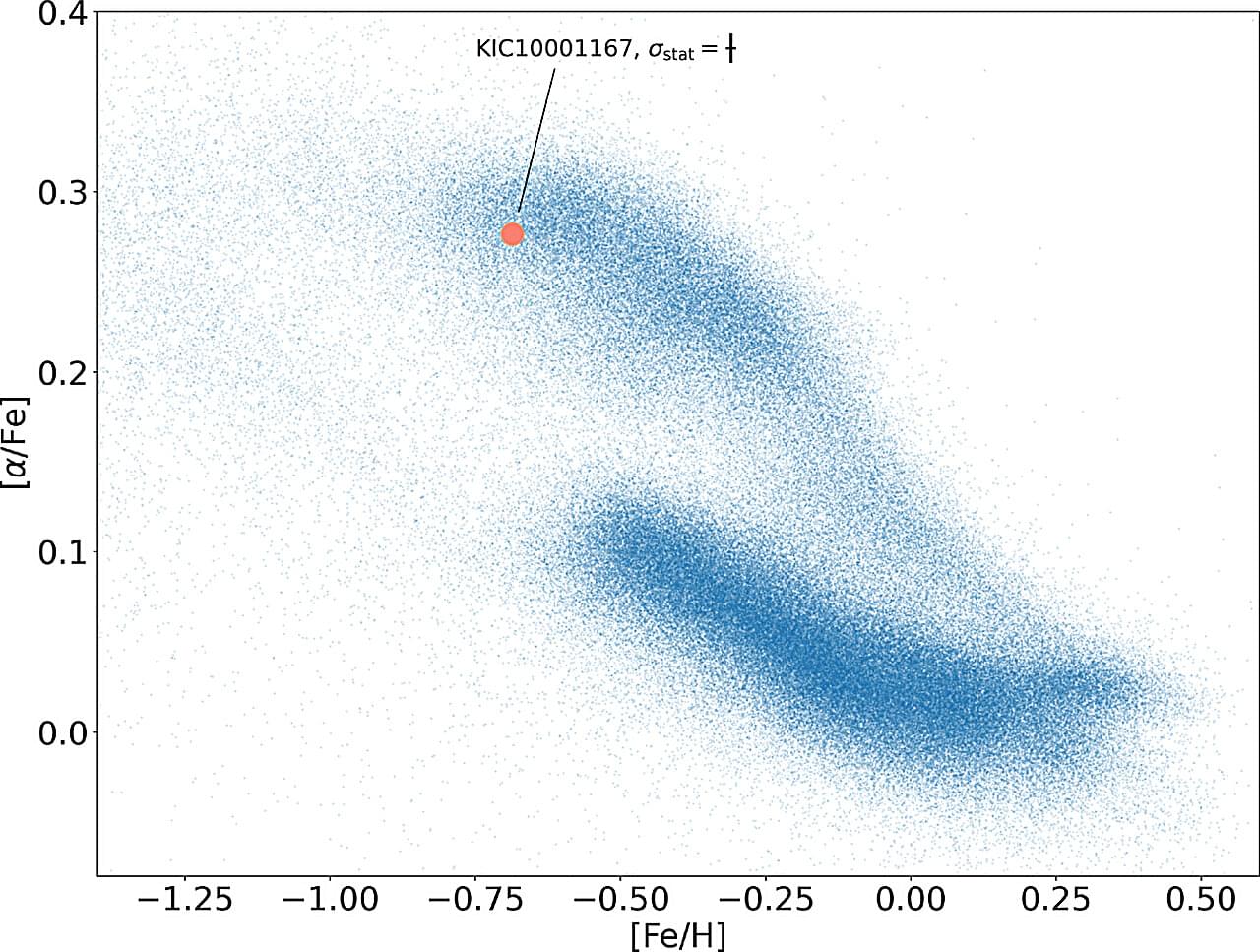Portrait of a galaxy cluster.



Some ancient philosophies, such as Advaita Vedanta, claim that the universe is an illusion. Not only spiritual people quote this statement, but also some influential Western thinkers. Albert Einstein said:
“Reality is merely an illusion, albeit a very persistent one.” (Albert Einstein)
In what sense is the universe or reality an illusion? In the following, I bring clarity to this topic.
By flying closer to the Sun than ever, Parker Solar Probe reveals the chaotic birthplace of solar wind and space storms, offering clues that may boost Earth’s defenses.

New high-resolution images of protoplanetary disks in the Ophiuchus star-forming region, created with improved analysis. The resolution is shown by the white ellipse in the lower left of each panel, with a smaller ellipse indicating higher resolution. The white line in the lower right of each panel indicates a scale of 30 au. The evolution stage of the central stars progresses from left to right, and from top to bottom in the same row. (Credit: ALMA(ESO/NAOJ/NRAO), A. Shoshi et al.)
In a stellar nursery 460 light-years away, astronomers sharpened old ALMA data and spotted crisp rings and spirals swirling around 27 infant stars—evidence that planets start taking shape just a few hundred thousand years after their suns ignite, far earlier than anyone expected.
Signs of planet formation may appear earlier than expected around still-forming baby stars, according to new results of higher resolution images produced using new improved techniques to reanalyze radio astronomy archive data. These newly discovered signs of planet formation will provide a better understanding of when it begins around a young star, thereby elucidating the process that leads to planet formation, including habitable planets like Earth.
Rivian CEO RJ Scaringe claims that legacy automakers are intentionally slowing down electric vehicle adoption and hindering competition to protect their profits from gas-powered vehicles, which could threaten their survival and allow newer EV makers like Rivian and Tesla to dominate the market ## ## Questions to inspire discussion.
Legacy Automakers and EVs.
🚗 Q: Why are legacy automakers resistant to selling EVs? A: Legacy automakers don’t want to sell EVs because they make good margins on low-efficiency gas cars and can sell them at a premium price, preferring to see the EV market disappear.
🏛️ Q: How are legacy automakers fighting against EV policies? A: Legacy automakers are the biggest adversaries of EV policies, spending the most energy fighting against them in DC, reflecting their desire for the EV market to vanish. Rivian’s Challenges and Strategy.
💰 Q: What financial challenge does Rivian face? A: Rivian has a massive $23 billion debt, making it more indebted than any startup has ever been, requiring 10–20 years to become cash flow positive.
🛻 Q: How is Rivian addressing its product pricing? A: Rivian’s R2 electric truck, launching in 2025, will target a **$45,000 starting price, a strategic move to make their products more accessible.


AI startups are increasingly encroaching on the territory of tech giants. Currently, Perplexity has launched its own AI browser Comet, and OpenAI is about to release its analog.
Developers who were creating chatbots yesterday are now building full-fledged browsers and openly challenging Google Chrome. This is happening against the backdrop of a rapid increase in the number of search queries via AI assistants — and at the same time drop in traffic to Google. The tech giant itself understands the situation: in recent months Chrome is actively acquiring AI features and the search engine is testing a new AI mode.
Comet is already available for subscribers Perplexity Max ($200/month) and a limited group of users on a waiting list. The browser has a built-in Perplexity AI search engine by default, which generates summaries instead of traditional links. In addition, Comet has a built-in Comet Assistant — an AI agent that automates routine tasks: reads mail, summarizes the calendar, manages tabs, and performs actions for the user on pages. You can call it at any time right on the website — it sees the content and reacts to it.


The future of sustained space habitation depends on our ability to grow fresh food away from Earth. The revolutionary new collaborative Moon-Rice project is using cutting-edge experimental biology to create an ideal future food crop that can be grown in future deep-space outposts, as well as in extreme environments back on Earth.
